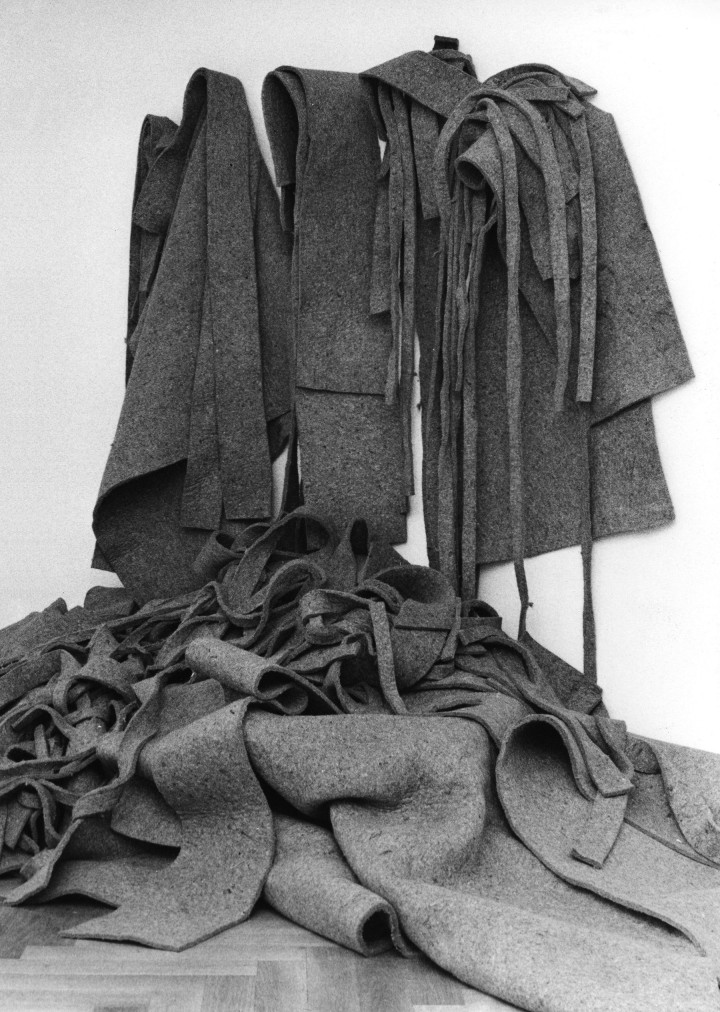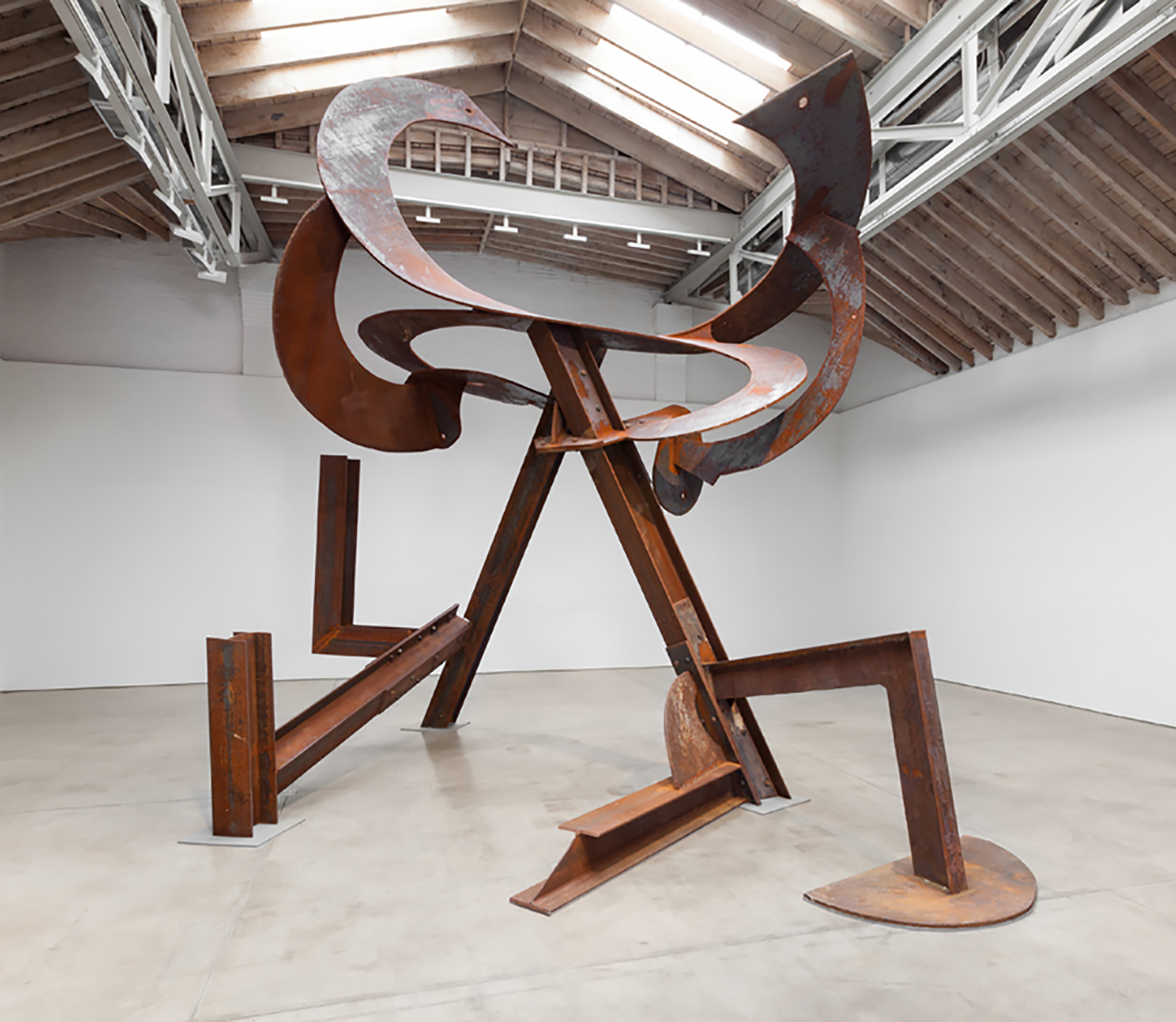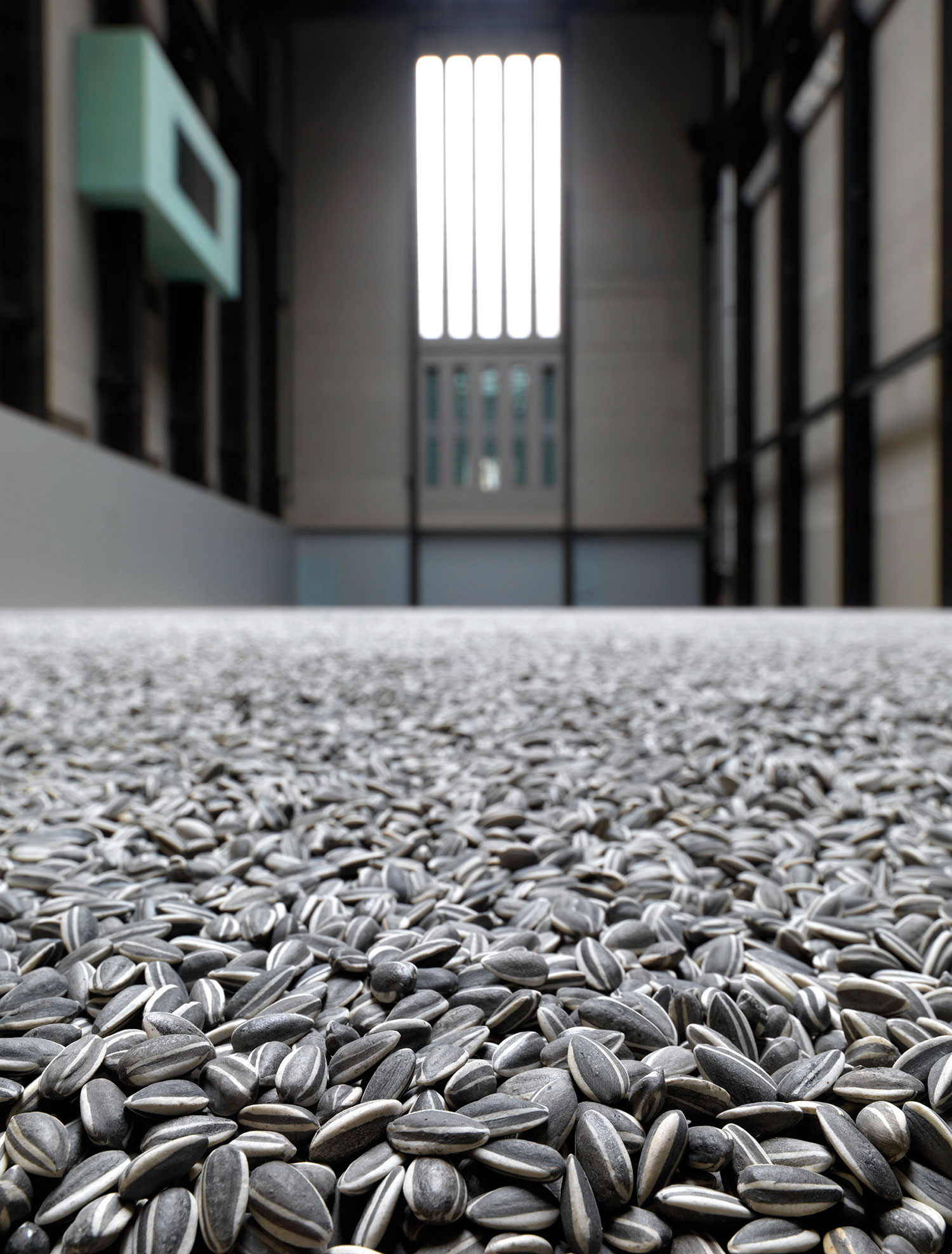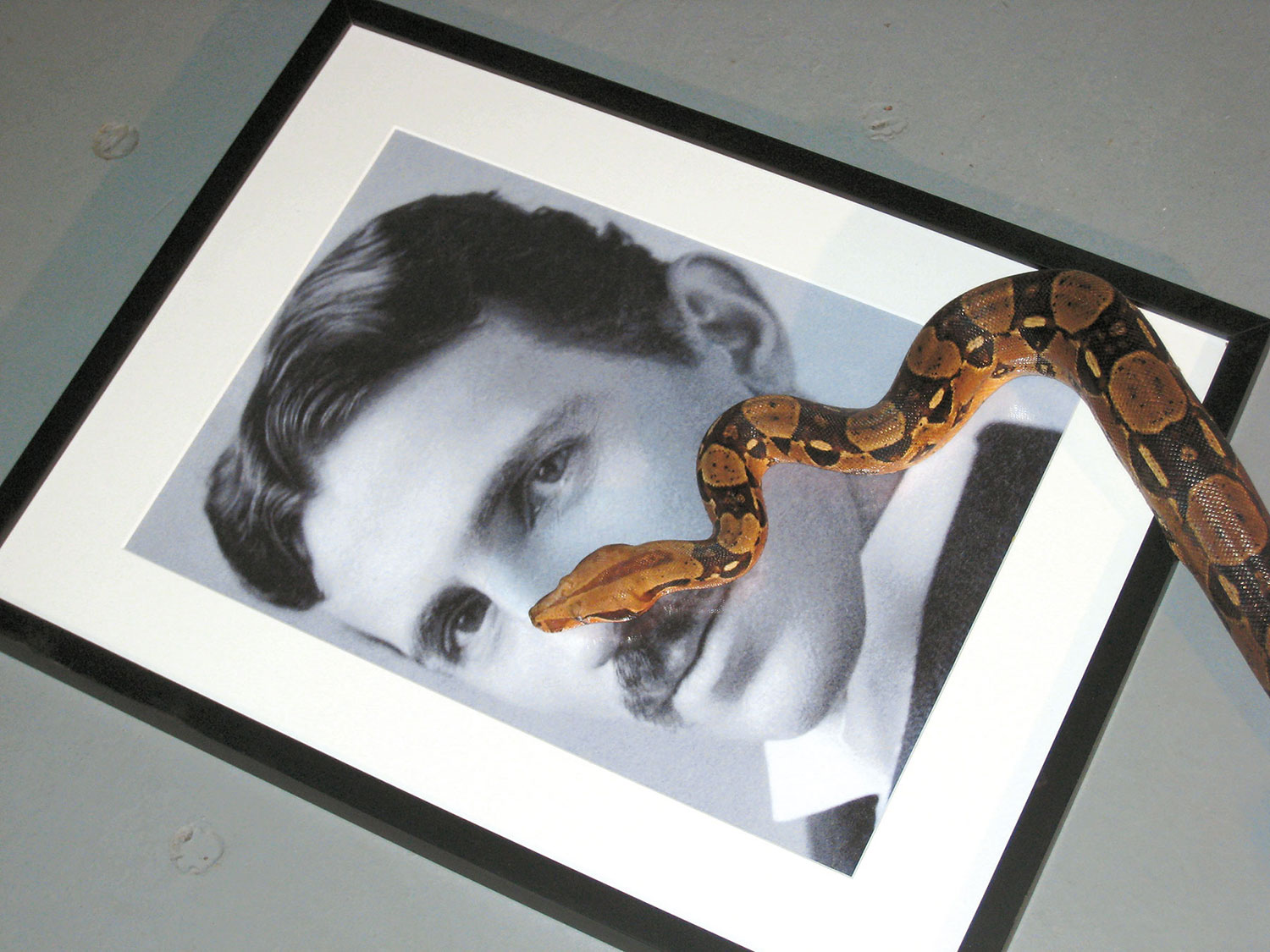
To reflect upon an exhibition that took place over 40 years ago is a strange and salutary experience, and I am grateful that I still have the faculties to recall “Live in your Head: When Attitudes Become Form,” the exhibition I visited at the Institute of Contemporary Arts in London in September 1969. During the late ’60s through the mid-’70s, it was often considered inappropriate or irrelevant to critically refer to an artwork’s context or its authorship. It was the time of the “death of the author,” when any understanding of the work of art was to come solely from its own presence, without reference to metaphor, biography or any other outside circumstances. It now seems commonplace to consider the context of a work of art, which could be said to carry at least fifty percent of its meaning, whether it is relating to its materiality, physicality in terms of place, or social and cultural position. Looking back on this exhibition, context seems especially relevant.
In 1968, the I.C.A. had moved from a small space in Dover Street to larger premises in the Carlton House Terrace, which backed on to the Mall, the road that leads to Buckingham Palace. This juxtaposition — the home of the British monarch close by what was meant to house the UK’s cultural avant-garde — was itself a paradox. This was the first time I’d visited this new I.C.A., but I had read and to some extent seen much of the work in “Attitudes” while traveling, and therefore was familiar with many of the artists in the exhibition. I walked down a few steps into an open, modestly large space; it was obviously not an industrial space and bore the signs of being the ex-stables and coach house for the above apartments’ grand occupants of 18th-century aristocracy.

The exhibition was curated and selected by the late Harald Szeemann, at the time director of Kunsthalle Bern, where the exhibition was first shown. The title was interesting in itself, as it implied the bringing together of ideas and thoughts, and their ability to inspire the formation of a material presence. Though in some instances they did the opposite, staying in the realms of language, or existing as works that — to quote the front of the catalogue — “live in your head,” which was the original title of Arthur Miller’s play Death of a Salesman (1949). The exhibition was conceived and curated not as a means of defining or fixing the art of its time, but the absolute opposite: to open up the concept of art and to change human perception of contemporary art as it was then understood. To quote Szeemann in his introduction to the catalogue, “In order to entertain certain ideas we may be obliged to abandon others upon which we have come to depend.” This exhibition was and still is a prime example of a curator responding to the work of contemporary artists, letting the artists provide the initiative rather than the curator imposing their personal theories or worldview, as often happens today. The subtitle to the exhibition, “Works-Concepts-Processes-Situations-Information,” in many ways describes its contents. These works asked spectators to join the artist in stepping outside their comfort zone — to allow their consciousness to be realigned with a new order of things.
This was a time when many artists, writers and gallery directors, whether working within an institutional or private context, found themselves in a world in which their vocation and even their aspirations no longer fit happily within a traditional definition of art or culture. There appeared to be a chasm between language, ideas and the world. Protests against the Vietnam War were at their height both in America and Europe. Lacking a fixed cultural order in equilibrium with the past, artists found themselves in a place of disenchantment. In a positive sense, however, it was also a time of discussion, idea exchange and information. The world was becoming a smaller place; every artist and thinker felt that there were many ideas and places to explore, yet they in turn had something to contribute to the cultural life of a global environment. It was in this spirit that Szeemann researched and brought to light artistic developments of a younger generation.

“When Attitudes Become Form” traveled from Kunsthalle Bern to the Museum Haus Lange, Krefeld (Germany) to the I.C.A. London like a caravan traveling through a cultural desert from one oasis to another, picking up more local goods as it went along. It was brought to London on the initiative of the late Charles Harrison, who was a writer, freelance curator and assistant editor of the magazine Studio International. Harrison was approached by the sponsor of the exhibition, cigarette manufacturer Philip Morris, who offered to finance this ‘caravan.’ At the time, Harrison was planning an exhibition of his own, but he lacked funding. So instead he agreed to bring “Attitudes” to the I.C.A. if he could add his own selection of British artists, such as Victor Burgin (though he did not include the Art & Language group, which he was associated with). At that time, the I.C.A.’s director had little experience with visual art, let alone contemporary visual art (his discipline was in the theater), and so the institution accepted the show mainly for financial reasons — in other words because it was more-or-less free. Still, Harrison resented not being able to curate his own show, so much so that when Harald Szeemann came to London for the opening, Harrison is quoted as saying that he “hardly talked to him.”
As soon as I saw the exhibition laid out before me I felt the mixed emotions of being captivated and disappointed at the same time. As I came down the steps, on my left was a series of sacks that contained different kinds of grains [Jannis Kounellis, untitled, 1969]. Some visitors took handfuls and chewed them while viewing the exhibition and others threw them on the gallery floor. Some artists were invited by the sponsor to come to London and install their work; one of them was Reiner Ruthenbeck, from Germany, and it was his piece that drew my attention next, which consisted of tangled wire amid a pile of ashes [Aschenhaufen III, 1968] and was said to be about German war guilt. Ger Van Elk was invited to London to shave a cactus, which was filmed and then placed forlornly on a low brick wall in the gallery [The Well Shaven Cactus, 1969]. Joseph Kosuth put statements in several of London’s local newspapers.

As for the disappointments, there were many. The installation of Eva Hesse’s works somehow did not look convincing; it was some years later that Harrison admitted he hadn’t installed them correctly through lack of instructions. Another disappointment was that Lawrence Weiner’s ‘wall removal’ [A 36 x 36 Removal to the Lathing or Support Wall of Plaster, 1968] was not ‘installed.’ However, the one major omission was of a work by an artist who we all wished to know more about at the time: Joseph Beuys. Beuys had been invited to the exhibition, and he offered a new work comprised of a Volkswagen Microbus and twenty-two sleds with fat and felt [Das Rudel (The Pack), 1969]. The I.C.A. could not afford the transport cost, so the British public lost out on seeing this major 20th-century work for the first time.
In his introduction to the exhibition, Szeemann stated: “The exhibition appears to lack unity.” “[It]…gathers a number of artists whose work has very little in common yet also a great deal in common.” In hindsight, his remarks are understandable because the exhibition reflected so many different directions that were subsequently categorized as conceptual art, minimal art, arte povera, land art and installation art. One unifying aspect was the radical economy and simplicity of the artworks’ means and materials. Artists used common materials such as rope, wood, canvas, photocopy and language, often to greater effect than today’s artists who spend huge sums of money on fabrication.
In Bern, the exhibition so outraged the Swiss public that a few days after the opening protesters placed a pile of dung in front of the Kunsthalle’s entrance. Yet in London the attitude to the show was one of indifference; as long as there was no public funding it could be happily ignored. I have come to believe that the Swiss public resented the fact that the exhibition had an English title together with the fact that it was sponsored by an American company (Szemann had already been accused by the Kunsthalle’s board of trustees of not showing enough Swiss artists). A month after the closing of the exhibition, Harald Szemann resigned, going on to develop a more nomadic mode of working that has come to define much of today’s curatorial practice.





